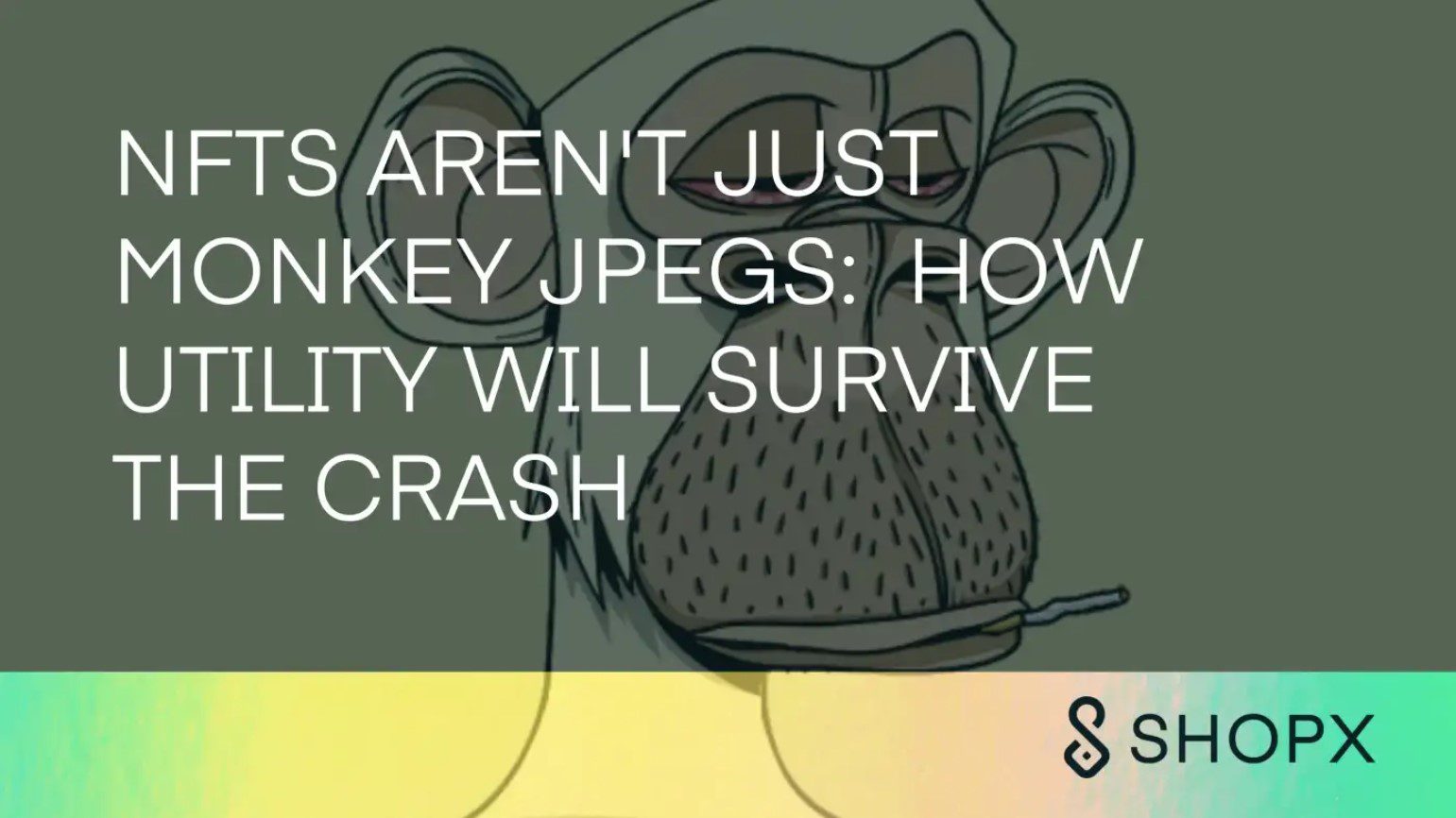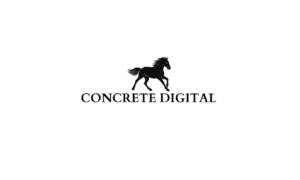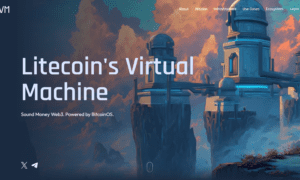NFTs have become so synonymous with art that most non-crypto natives think that NFTs are art. In their minds, there is no connection to the underlying technology.
And those resulting concerns are completely valid. Why would anyone pay a million dollars for a 16-bit jpeg of a deep-fried cartoon chimp? It would be easy enough to simply right-click and save the photo to sell it on the secondary market.
Well? Go ahead then. Have you ever tried to sell a picture of an NFT on eBay? How did that go?
NFT technology is incredibly powerful. An NFT is very similar to a cryptocurrency. The difference is, instead of having ten identical pennies, you cut one into a star and now it is unique. Now take the transparency and security of cryptocurrency and apply that to digital assets.
NFTs are the best way to protect ownership, and as a result, are becoming one of the most effective ways to organize communities. This is why art NFTs have become so popular. NFTs collections are communities. The art is a representation of the community member’s ID card: the NFT.
The Many Use Cases For NFTs
Community building isn’t the only way to use an NFT. As I said, NFTs are a way to prove digital ownership. No matter what happens, you can always prove that you own… that colorful squiggle.
This proof of ownership can translate to the real world as well. An NFT can act as a digital certificate of ownership and authenticity for a real-world product. It’s a digital ID that can’t be faked, duplicated, or destroyed. Think of an SKU or a barcode, but it is instead universal and unique to the individual product. Yachts, expensive bottles of wine, and even real-life, million-dollar works of art.
Let’s take real estate for example. There are already companies tokenizing ownership of houses and other properties, but you may be thinking that this is a solution to a problem that doesn’t exist. It is indeed perfectly easy to prove ownership with traditional methods. Although the blockchain does it better, the small improvement in security and efficiency alone wouldn’t validate the switch to Web3.
What people miss is the problem of who has custody over the information that proves ownership. In real estate, a title company protects the buyer and seller from each other by taking custody of the various forms of paperwork.
The Problem With Web2 E-Commerce
When a centralized entity becomes a trusted third party, they become a counterparty risk as well. The two players who put their trust in the third party to protect themselves from each other suddenly have to protect themselves from the trusted third party. Along with vulnerability to attacks, the “trusted third party” can begin to dictate terms and set high prices for their services.
We can already see this problem playing out in Web2 retail and e-commerce. Storefronts like Amazon which were once trusted and reliable meeting places for individuals to buy and sell goods on an open market began to exploit that trust over time. Now they act like they own the market rather than facilitate it. Not that Amazon isn’t a great company. It works well. But the tradeoff simply isn’t worth it.
Similar to how the internet became integral to our daily lives —
The ability to buy and sell goods on an open market is being exposed as a vital human utility.
We simply cannot live without it. We already knew this of course, but it helps to say it out loud. We need water, electricity, and the internet to operate in the real world. We also need open and free e-commerce.
NFTs and Web3 E-Commerce
The problem of the trusted third party is solved with the blockchain. The blockchain becomes the trusted third party. The blockchain does not need a cut of profits. All the blockchain needs is a few dollars to get the job done right. When custody of ownership information is in the hands of the blockchain, there is no ambiguity in the rules, no vulnerability to attacks, and no greedy middlemen soaking up profits.
SHOPX NFTs put the ownership of vital e-commerce utilities in the hands of the brands and the customers. Reserves NFTs give brands the power to engage with their community and reward loyalty without relying on expensive marketing options. Mintz NFTs give brands control over their inventories without needing to rely on marketplaces. And when customers buy these MintX NFTs, ownership of that product transfers over to them.
In a SHOPX e-commerce ecosystem, the blockchain becomes the trusted third party for e-commerce transactions. No more marketplaces dictating terms and charging fees on both ends of the deal, and anyone will be free to use SHOPX’s suite of tools to craft their personalized retail experience.
This will be the first successful implementation of a truly free market ever since corporations started to take over our economy. The blockchain is the ledger and SHOPX is the brick-and-mortar to help you put it all together.

































